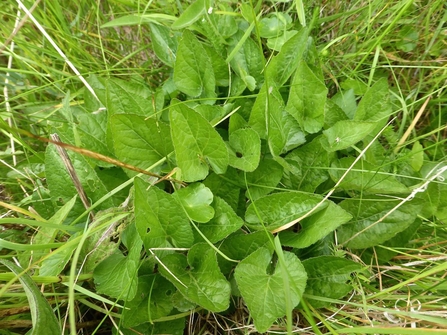 |
| Wildflowers |
Living up to its name, the hairy violet is covered in fine hairs. Look for its delicate, violet flowers blooming from March to June on chalk grasslands, in particular.
Species information
Category
Statistics
Height: up to 15cm
Conservation status
Common.
When to see
March to June
About
The hairy violet is a low-growing, perennial species that is mainly found on chalk grassland, but can be seen along woodland edges, roadside verges and railway embankments, as well as on limestone pavements. It flowers early in the year, between March and June, displaying distinctive, violet-like flowers.
How to identify
The hairy violet is covered in fine hairs, giving it a greyish appearance. It has heart-shaped leaves and five-petalled, violet flowers.
Distribution
Widespread, except for Northern Scotland and West Wales.
Habitats
Did you know?
The hairy violet is the food plant of the caterpillars of the dark green and high brown fritillary butterflies.
How people can help
The Wildlife Trusts manage many grassland habitats sympathetically for the benefit of all kinds of wildlife. Careful grazing with traditional breeds, hay-cutting at the right time and scrub clearance are just some of the ways grasslands are kept in good condition - supporting plants and invertebrates and, in turn, the larger animals that prey on them. By volunteering for your local Trust you can help too, and you'll make new friends and learn new skills along the way.


ConversionConversion EmoticonEmoticon